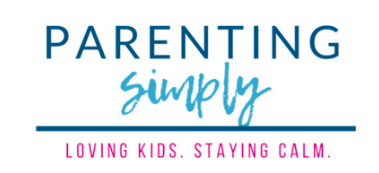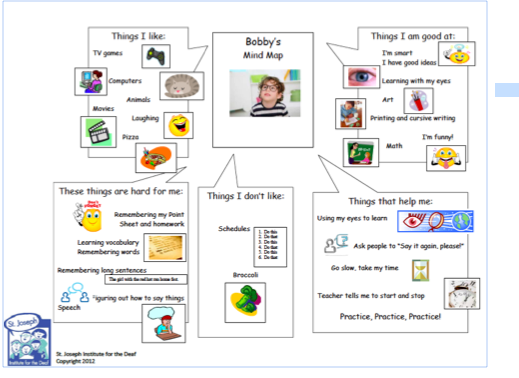Often times after their child has been diagnosed with a learning disability, parents have a hard time breaking the news to their children. They feel like children will feel stupid, angry or different then their peers.
But children often sense that something is up anyway. They appreciate having their differences explained to them in kind and matter of fact way. Mel Levine, in his book “All Kinds Of Minds talks about this as the demystification process. Demystification invites self-awareness, which leads to an understanding of their unique learning tendencies and allows them to further grasp their strengths and weaknesses.
The best way to go about the demystification process is to build self-awareness that includes recognition of both strengths and challenges and builds self-esteem. Together, self- awareness and self- esteem empower children to analyze learning tasks and develop stronger metacognition leading to appropriate, effective strategies for school and social success.
To help children understand their strengths and weaknesses, Smiley and her team at the St. Joseph’s Institute for the Deaf developed a Mind Map exercise (based on Mel Levine’s work, All Kinds of Minds. The “Mind Map” is a graphic and pictorial representation of competencies and challenges, affinities and interests, therapeutic approaches and strategies. It:
- provides a structure and a visual aid for the discussion
- gives the student something to take with them as well as a way to recall the information
- gives the student a way to convey the information to others, such as their classmates or parents
This is an example of a Mind Map that you can use with your kids:
If you want more information on how to use a mind map you can leave a comment here!


